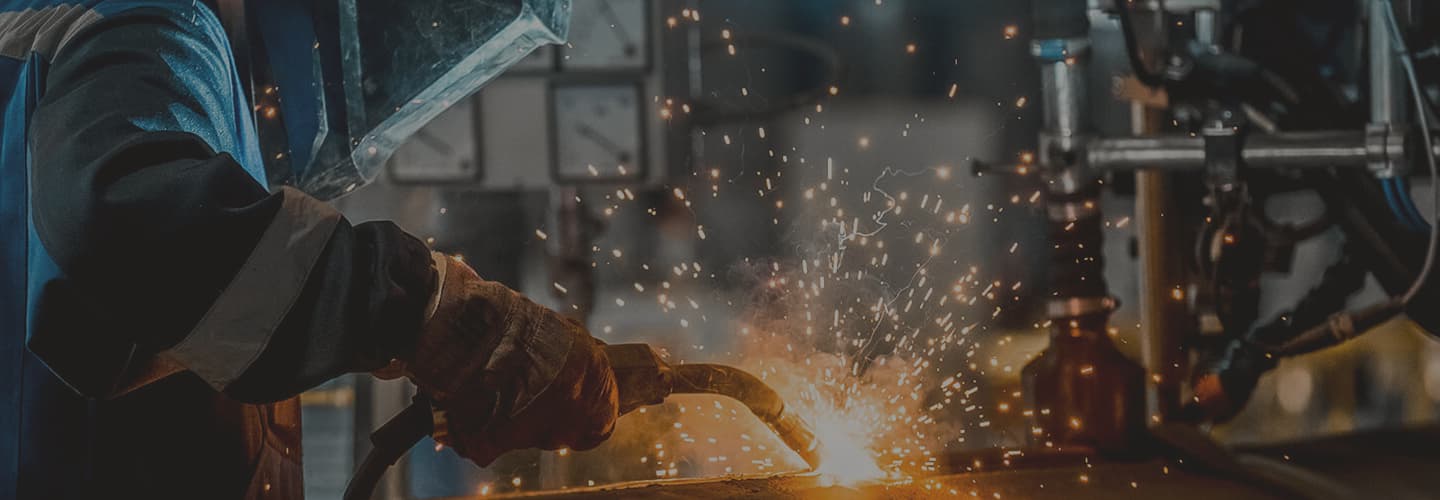Understanding On-site Heat Treatment:
In the ever-evolving landscapes of the O&G and energy markets, maintaining the integrity and reliability of welded structures and components is paramount, and doing it in an efficient, cost-saving manner is demanded. On-site heat treatment services, also known as metal stress relieving, involve the controlled heating and cooling of a component(s) to alter its physical and chemical properties. Typically, the component is brought to specific temperatures at a desired rate for a specific period of time to achieve an intended result, such as the hardening or softening of a component. Due to strict codes, recommendations, and site-specific parameters, including but not limited to ASME and American Welding Society standards, on-site heat treatment services are essential for turnaround, capital, and maintenance projects within the refining, energy, and gas sectors.
Superheat is the only company in the world dedicated exclusively to the wireless remote control (U.S. Patent No.: US 8,361.252 B2) and operation of on-site heat treatment equipment. Their turn-key full-service offerings include but are not limited to:

- Post Weld Heat Treatment (PWHT AKA Stress Relieving)
- Preheating in Welding
- Solution Annealing
- Normalizing
- Tempering
- Austenitizing
- Post-Bake / Bake Out
- Line Thaws
As industry experts in on-site heat treatment, Superheat ensures flawless planning and execution of these often-critical path processes using its Superheat SmartWay™ solution. SmartWay focuses on the on-site heat treatment of welds and other components to assist in new builds, outage maintenance and repairs within the refinery, engineering and energy industries.
The Importance of Preheating in Welding and PWHT Heat Treatment
Preheating in welding and PWHT are not just segments within welding procedures; they are indispensable. They play a crucial role in preventing the formation of detrimental microstructures and ensuring the durability of integral pressurized and non-pressurized facility modules. The consequences of inadequate heat treatment can be severe, leading to issues such as cracking, reduced strength, and premature component failure. This underscores the need for meticulous quality and document control of the temperature at specific locations before, during, and after welding, ensuring the highest safety and performance standards.
Preheating in Welding Defined:
Preheating in welding services involves applying heat to a base material and heat-affected zone (solid weld metal, solid-liquid boundary, grain growth zone, recrystallization, partially transformed zone, tempered zone) before and throughout welding, as well as at the start of each pass in a multi-pass weld. The primary purpose of preheating in welding is to drive off moisture before welding, reduce the cooling rate, and increase hydrogen diffusion within the weld to prevent cracking. Reducing the cooling rate also redistributes solidification stresses and reduces the formation of hard or brittle microstructure components associated with defective welds.
Temperature codes and specifications are based on material composition, size, and thickness; however, preheating temperatures may also utilize fabrication codes to provide exemptions for PWHT. Most welding procedures specify minimum and maximum preheat/interpass temperatures that must be maintained whenever welding takes place.
PWHT Defined:
PWHT, also known as stress relieving, involves applying uniform heat after welding to a structure or portion thereof at a maintained temperature — below the transformation temperature range — for a period of time to retain the material’s strength, quality, and ductility.
The primary benefits of PWHT include the relaxation of residual stress, tempering, and hydrogen removal. If performed incorrectly or neglected altogether, it can lead to reduced tensile strength, creep strength, and notch toughness of the component, as well as increased susceptibility to corrosion. PWHT is crucial for preventing brittle trans-granular cracking that can potentially result in catastrophic failures, such as the collapse of a pressure vessel or major piping component. Therefore, PWHT applications and cycle directives must be executed within strict uniform temperature ranges and follow code specifications dependent on the material’s composition, thickness, and prior thermal or mechanical process applications. The listed parameters affect specific aspects of a heat treatment wrap, such as thermocouple location and quantity, flexible ceramic placement and heat band, insulation thickness, and layers.
Superheat’s Competence and Experience:
With over two and a half decades of operation, experience, assets, and a proven track record, Superheat is synonymous with quality and reliability in on-site heat treatment. Their team of seasoned professionals employs efficiency at every point and proprietary methodologies to deliver tailored solutions that meet the specific needs of each project. Whether it’s preheating to avoid hydrogen-induced cracking or performing PWHT to relieve residual stresses, they bring unparalleled expertise to every job.
One notable example of their expertise in action is an extensive solution anneal project to five 10.9” OD header tees. Their precise temperature control and real-time monitoring ensured the integrity of critical welds, ultimately extending the platform’s operational lifespan. This project showcased Superheat’s technical capabilities and underscored their commitment to reducing costs, saving time, minimizing risk, and improving quality. To read a detailed case study on this project, click here.
Watch the video above to learn more about Superheat’s SmartWay™ solution and how it’s advancing on-site heat treatment for the digital marketplace.
Future Trends and Innovations:
As the industry continues to advance, so does Superheat. They annually double the average industrial B2B investment in research and development of new technologies. Putting an emphasis on furthering the efficiency and effectiveness of on-site heat treatment in both the resistance and induction facets. Their ongoing research into digitally automated heat treatment systems and advanced monitoring tools continues to revolutionize the industry, providing an even more significant impact on total project success, providing a Better. Safer. Faster™ approach to traditional methods.
Superheat’s unparalleled expertise in on-site heat treatment makes us the industry leaders in a sector where the stakes are high on critical path projects. Our commitment to innovation, quality, and customer satisfaction ensures we remain the preferred choice for on-site heat treatment solutions.

